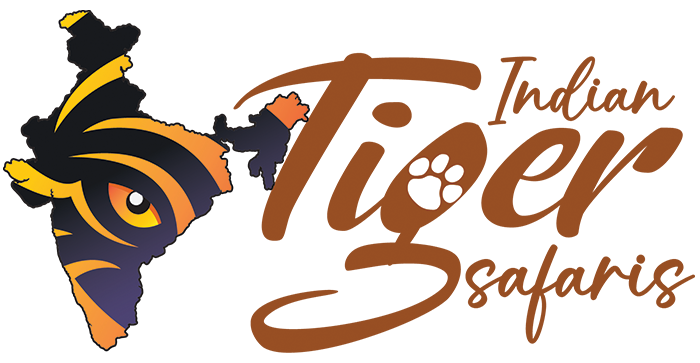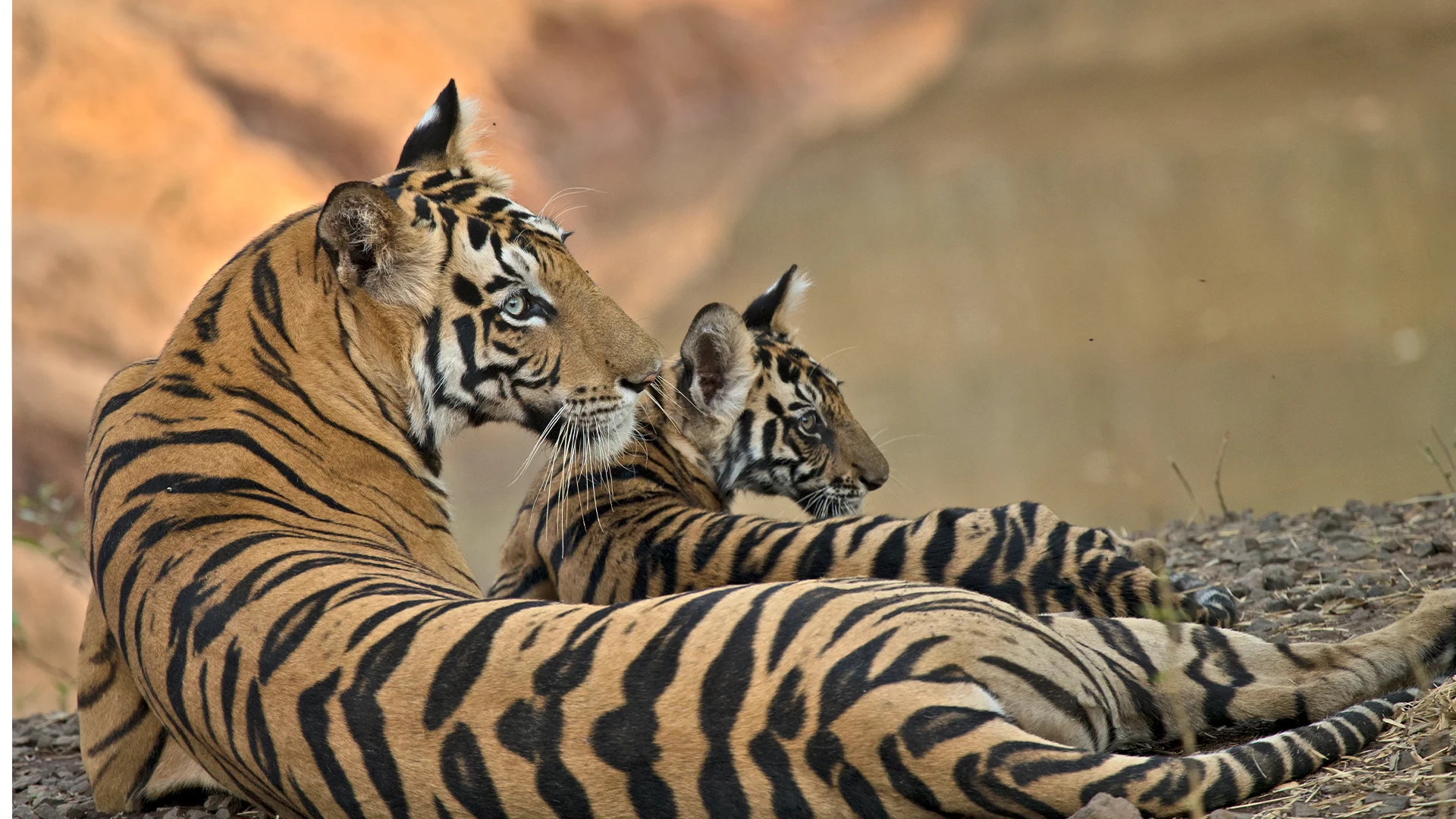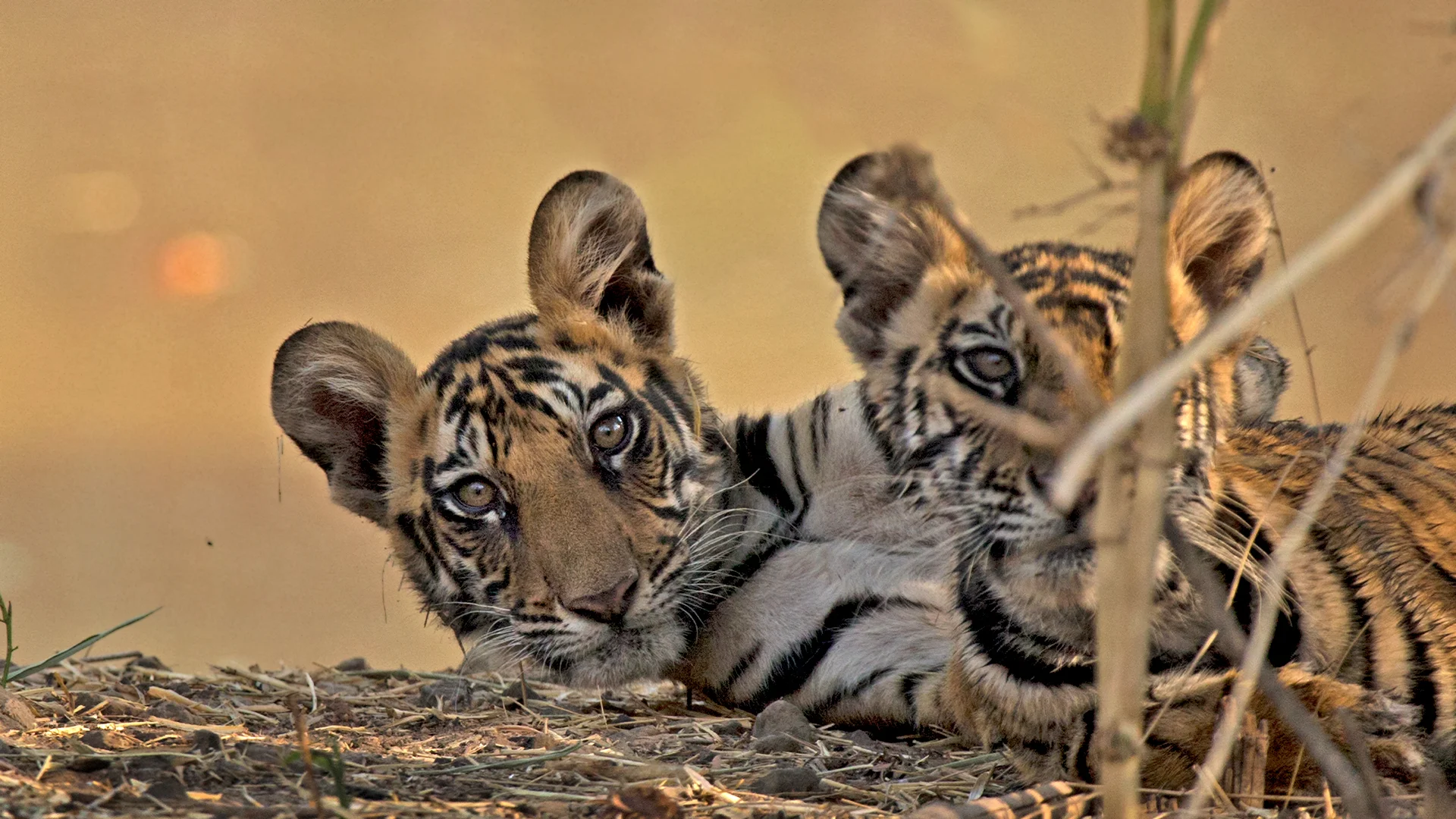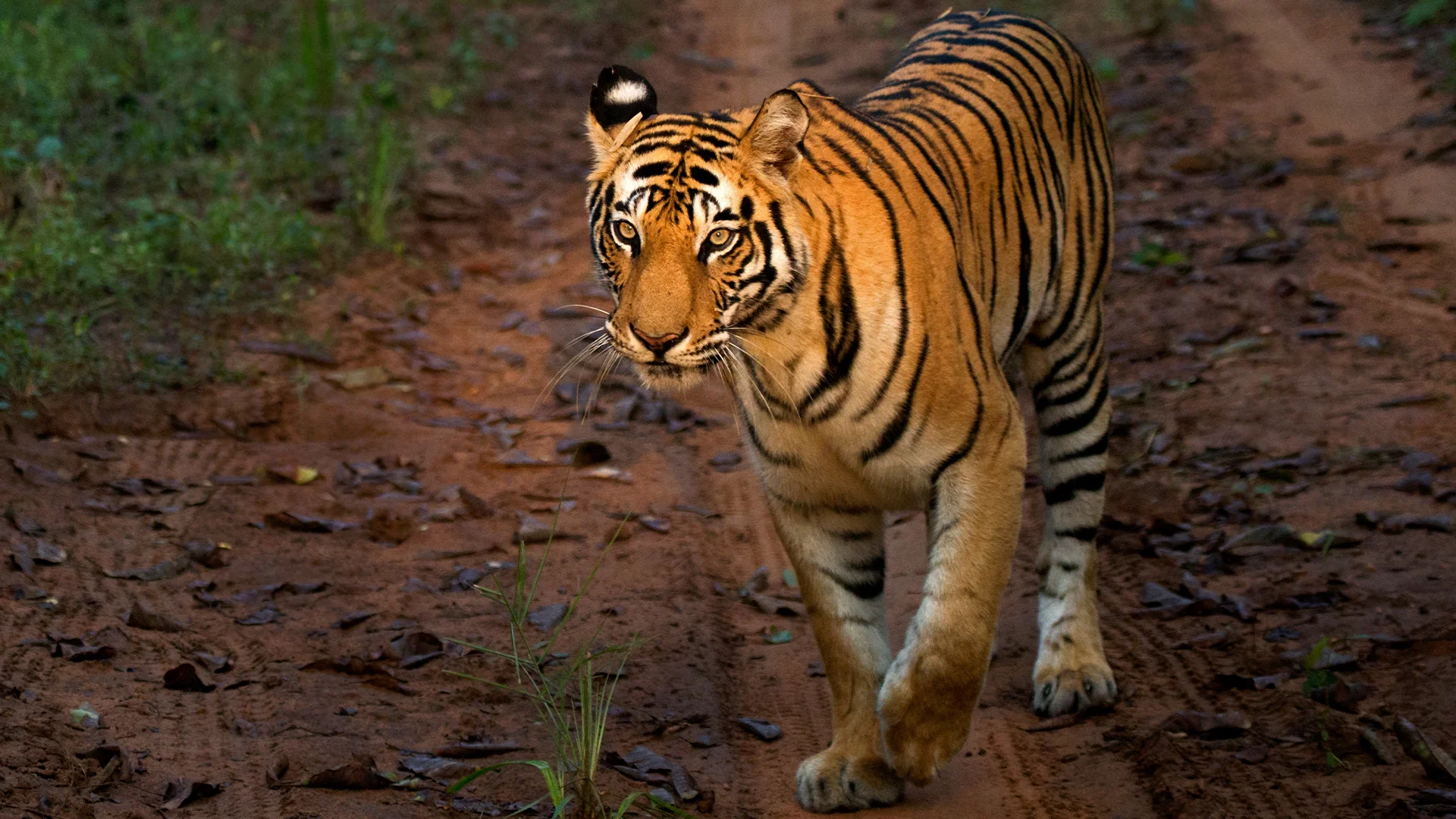
Bandhavgarh Tiger Reserve
Bandhavgarh National Park is spread within the area of 105 km sq. In the district of Umaria of Madhya Pradesh State, India. It’s one of the National Parks in India. It was announce a National Park in 1968 and later became Tiger Reserve in 1993. This park has a huge biodiversity whereas the density of the large number of tiger population is in Bandhavgarh i.e 8 Tiger per square km. Which is one of the highest known Tiger Reserve in India. The park has a wide breeding of population of leopards and different sort of deer. In Bandhavgarh Tiger Reserve the current core area is spread over 716 km sq. The buffer is spread over the forest divisions of Umaria and Katni, and is 820 km sq in totality.

Bandhavgarh National Park is a park with an amazing ancient past. The forests around Bandhavgarh used to be known as Shikargah, or game preserve, of the Maharajas and their guests.In 1947, Rewa state was integrated with Madhya Pradesh and Bandhavgarh came under the act of Madhya Pradesh. No special maintenance and care were taken until 1968, when the areas were composed as a national park. Since then, ample of steps have been taken to hold on to Bandhavgarh National Park .
Project Tiger was added up in 1972, and then the Wildlife Protection Act of 1972 came into force, after sometime is was realised that protecting the prime area of 105 km sq habitat was more than enough , so in 1982, three more span were reduced, namely Khitauli, Magdhi, and Kallawah were reduced to Tala range (the original Bandhavgarh National Park) to enlarge the area of Bandhavgarh to 448 km sq. Bandhavgarh was taken into its folds in 1993, and a core area of 694 km sq was Confirmed including the previously named ranges and the Panpatha Sanctuary along with a buffer area of 437 km sq which was declared as the Bandhavgarh Tiger Reserve.
Flora
The Bandhavgarh Tiger Reserve contains 37 species of mammals. According to forest officials, there are more than 250 species of birds like Plum-headed Parakeet , Green-headed barbet, Hoopoe, brownfish owls and many more. It has about 80 species of butterflies and a number of reptiles. The richness of grassland invites pair of sarus cranes to breed in the rainy season. Dominant flora you will be able to find here, i.e Sal , Tendu, Aonla Dhawda, Jamun, Salai, Garari, Bamboo, Banyan, Ber, Dhak, Dhok, Kadam, Khajur, Khair, Karel, Kahejda, Kakera, Mohua, Neem, etc. All these can be experienced during Bandhavgarh safari tour.

Fauna

In Bandhavgarh Tiger Reserve the most attractive tiger is ( Panthera tigris) and the sighting of it. Not only this Bandhavgrah National Park has a very high solidity of tigers enfold in the Jungle. In 2012 the population of tiger in Bandhavgarh was 44 to 49. Where there was a famous saying for Bandhavgarh says that “ You are lucky if you see a tiger in any other park but in Bandhavgarh you are unlucky if you don’t see even one.” Here you will experience the more of the Bengal tigers known in the world. The park in divided into three core zone i.e Tala , Magdhi and khitauli and there buffer zone i.e Damokar , Johila and Panpatha where Tala zone attracts major number of tourists by offering the tiger sighting opportunities. This place gives ample of opportunities to spot the majestic Indian tigers and some rarely seen animals like sloth bear.
Bandhavgarh National Park contains mixed vegetations ranging from tall grasslands to thick Sal forest and the perfect habitat of variety of animals and birds. Dominant fauna like Spotted Deer, Sambar Deer, Dhole, Nilgai, Wild Boar, Chinkara, Sloth Bear, Rhenus Macaque, Black Faced Langur, Jungle Cat, Hyena, Jackal, Fox, Wild Dog etc. All these are Experienced during Jungle Safari in Bandhavgarh.
The entry gate in Bandhavgarh Tiger Reserve which is a perfect pinch of wilderness offers an amazing sighting of Tendu, Aonla Dhawda, Jamun, Salai, Garari, Bamboo , Banyan , Ber, Dhak, Dhok, Kadam, Khajur, Khair , Karel, Kahejda, Kakera, Mohua, Neem etc. The Jungle Safaris are booked for accessing these gates in Bandhavgarh Tiger Reserve.
The entry gates has been divided into two categories by forest department :
Core Area:
This is the place where actual forest exists where no human life exists in this area. This area is basically the main area where the conservation of wildlife and natural recourses is strictly protected by forest department. Tiger sightseeing are amazing in this part of Bandhavgarh Tiger Reserve here.
Core Zone Gates in Bandhavgarh Tiger Reserve:
- Tala Core Zone (Gate 1)
- Magdhi Core Zone (Gate 2)
- Khitauli Core Zone ( Gate 3)
Buffer Area:
This area surrounds or and say adjoins the core area where nature is conserved alongside compatible human use of land and water. The buffer zone is mainly where both villages and animals co-exist.
Buffer Zone Gates in Bandhavgarh Tiger Reserve:
- Damokar Zone ( Gate 4)
- Johila Zone ( Gate 5)
- Panpatha Zone ( Gate 6)
Safari Timing in Bandhavgarh :
- Morning Safari : Morning safari starts at 6:30 am and ends at 11:30am .
- Evening Safari: Evening safari starts at 3:00pm and ends at 6:15 pm.
- National park is closed on every Wednesday evening.
Types of Jungle Safari in Bandhavgarh Tiger Reserve
Jeep Safari :
This is an open Jeep , where maximum 6 people and minimum 1 person can accommodate at a time in one jeep per safari with one guide and one driver. Jeep safari can be done in all the zones i.e core and buffer both. This is recommended for family group, friends group and for wildlife and photographers .

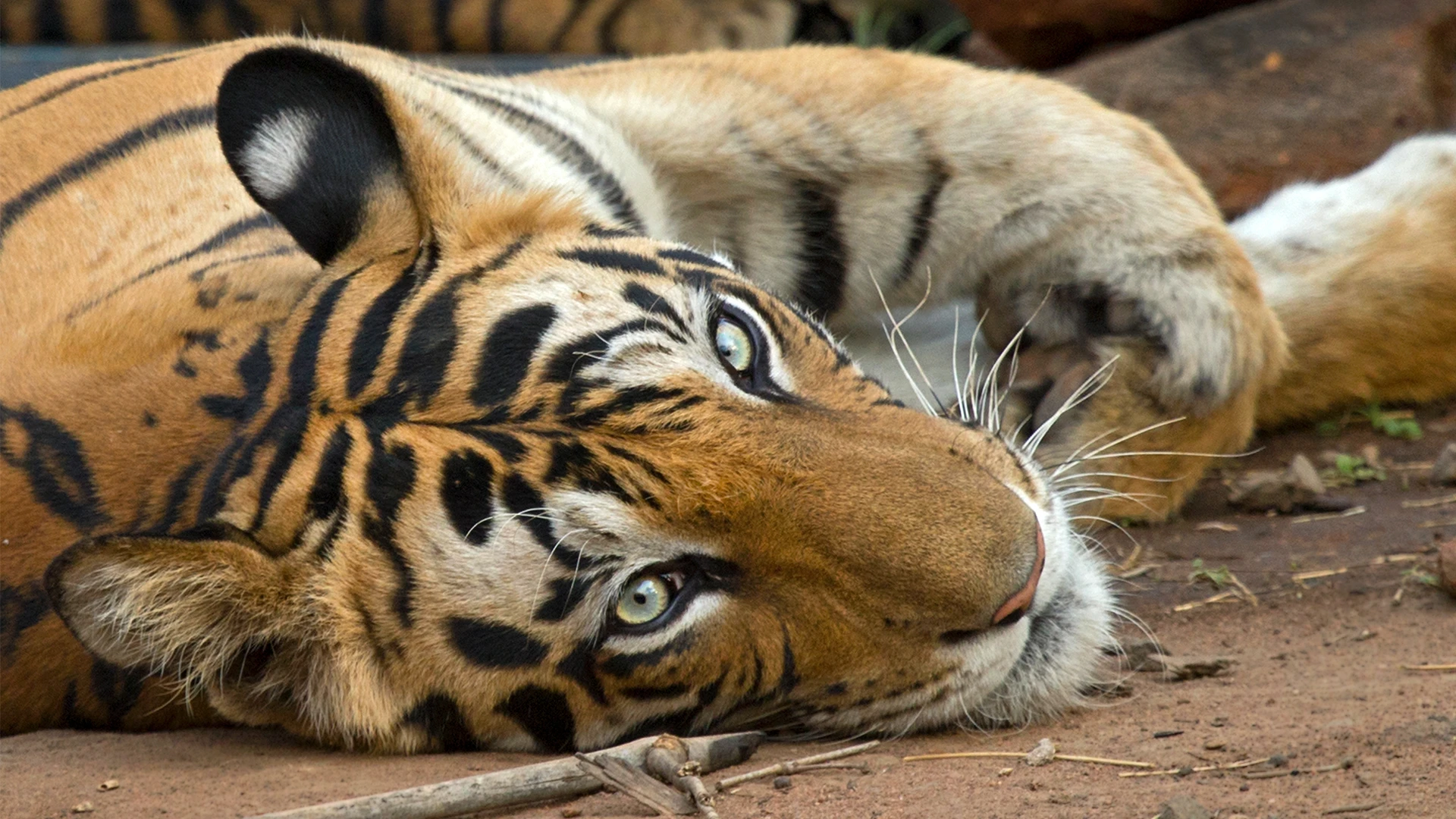
Canter Safari:
This is a common safari of 18 seats where 18 people can accommodate at a time in one safari. This canter safari only happens in Khitauli Core Zone and Magdhi Core Zone. This safari comes with a condition where minimum 12 people needs to be there for the safari. This is a shared safari and it is big open jeep. This is an economical option for safari. This safari cannot be booked online.
Bandhavgarh does not have any such airport or flight facility the nearest airport to Bandhavgarh Tiger Reserve is Jabalpur which is 165 Kms from Bandhavgarh. This is only the best option in terms of air connectivity as it is connected to Delhi, Bangalore, Mumbai, Kolkata, Hyderabad and Bhopal. Another option is via road ways whereas the nearest station are Umaria 35 kms, Katni 85 Km, Jabalpur 165 Km. One has to reach Umaria which is nearly 35 Kms from Bandhavgarh and then can easily reach Bandhavgarh through local transport like- Innova, Swift or any.
Distance between major cities and Bandhavgarh Tiger Reserve
- Kolkata to Bandhavgarh Tiger Reserve: ~1,100 km
- Bangalore to Bandhavgarh Tiger Reserve: ~1,550 km
- Mumbai to Bandhavgarh Tiger Reserve: ~1,100 km
- Prayagraj (Allahabad) to Bandhavgarh Tiger Reserve: ~350 km
- Bilaspur to Bandhavgarh Tiger Reserve: ~320 km
- Korba to Bandhavgarh Tiger Reserve: ~250 km
- Varanasi to Bandhavgarh Tiger Reserve: ~400 km

The temperature from of summer from April to June is quite high and due to this the forest heats up where it make a good time to easily spot wildlife in search of water and prey. The temperature during this time is 300 C to 45 o C. The temperature from July to September is 25 o C to 35 o C these months are quit humid, infested and flooding in some areas of the forest which is good time tom avoid planning a trip. The temperature from October to March is 12 o C to 20 o C which says to be the perfect time to plan to visit Bandhavgarh because the forest are lush and covered in mists, this pleasant month offer the great view of Tigers and other beasts of the jungle and many avian species. Tiger sightings are high during April to June being summer, maximum wildlife is sighted near waterbodies.
Exciting Bandhavgarh safari trip ensure the sightings of the wild in Bandhavgarh National Park. Assistance for different jungle safari packages of Bandhavgarh are available.
Along with Jungle Safari Booking in Bandhavgarh the accommodation is also available.
